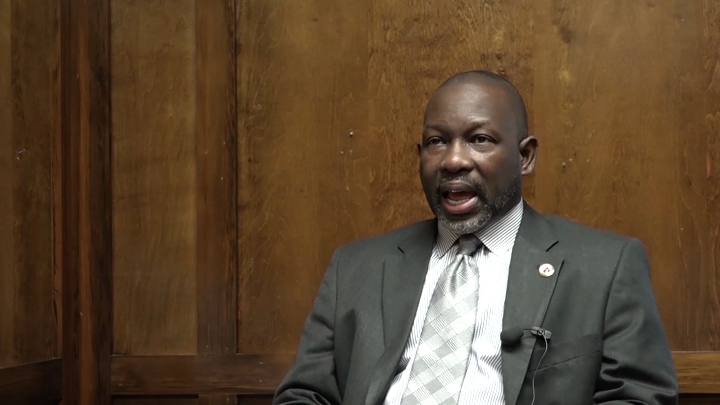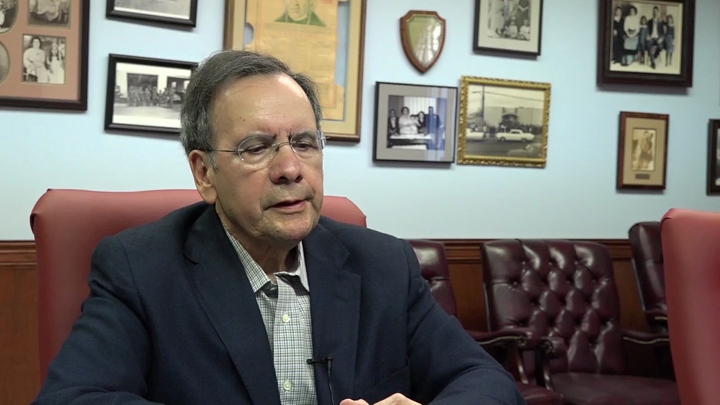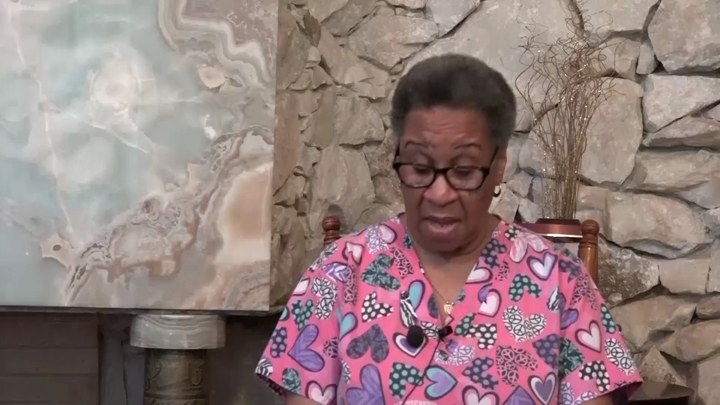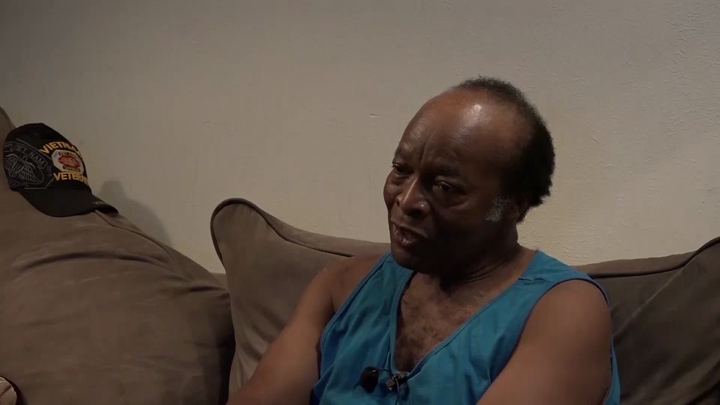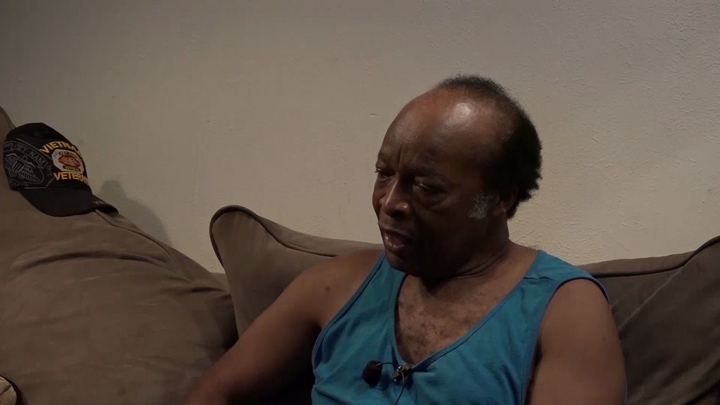Calyen / Activism, Segregation, and Civil Rights
sign up or sign in to add/edit transcript
Interviewer: Was there any kind of, I guess, curfew for the black community in Conroe? Calyen: No. If it was, it wasn’t enforced. That I can say, if it was a curfew, it wasn’t enforced because on the weekends especially there were—we call them little beer joints—that’s all pretty much they sold. Some of them had connections where they sold hard drinks, but it pretty much was like beer, sodas. They sold chicken and dinners and stuff like that. Interviewer: And this was in the black community? Calyen: In the black community. Interviewer: In this area, there were some sundown towns where black folks could not be out after the sun was down. Did y’all hear about those places? Calyen: We heard about them, but it was never something that—I think one of my teachers told us about a town that said don’t let the sun catch a black man in town or don’t let the sun go down on your black man’s head, but it wasn’t like that in Conroe. Conroe had its share of brutality and racism but as far as being out after the sun, I can’t ever remember hearing anything happening like that. Interviewer: Was the KKK prominent in the area? Calyen: We’d see them sometimes driving—if you go out to certain areas, you could see them, but as far as in the neighborhoods, no. Interviewer: So, they were out there but not in the community? Calyen: Yeah, they were out there, yeah, yeah. Interviewer: So, was there any civil rights organization during your time? Calyen: No. Some of the kids from high school, kids in school, we would take marches, marches downtown to the restaurants that weren’t serving black people but there wasn’t a NAACP or black movement or any type of activists at that time. Interviewer: Why do you think that those organizations weren’t present in Conroe? Calyen: I guess one of the reasons why it wasn’t present was some of the church leaders would try to keep things on the down-low and a lot of people worked for those people that could hire or fire you for getting in those type of organizations so that kind of kept people on the cool. Interviewer: In terms of activism, you didn’t see a lot of activism during your time? Just in high school? Calyen: Just high school kids. We staged a march and marched downtown— Interviewer: And what year do you think that happened? Calyen: Must have been 1965 or 1966. Interviewer: What were your grievances during that time period? Calyen: The unfairness and the places—you know, we paid tax for the fire and police and we weren’t protected by them. We couldn’t come into any of the restaurants. There was not restaurant where we could come in and have a dinner, a meal, or even an ice cream sundae. So, all that type of unfairness led the teenagers to protest and we marched and staged a protest downtown and tried to get things improved. Interviewer: What was the response of government and white business owners? Calyen: At that time, it pretty much stayed the same as it was. I think the next year or, so they passed the civil rights law. I think Lyndon Johnson passed that civil rights law where, you know, equal protection for the law and things changed, but a lot of places left the downtown area and moved into these strip malls. Interviewer: Why was that the case? Calyen: I don’t know if it was the case to keep people, black people, from coming down to those downtown areas, but that area soon turned into businesses where it was nothing but lawyers and a few doctors. Even at the doctor’s offices, there was a black side and a white side. Interviewer: Were there any black professionals in the black community growing up? Calyen: Professionals? Interviewer: Doctors? Dentists? Lawyers? Calyen: No. No black doctors, dentists, or lawyers. There was a black dentist named Dr. Johnson that was in Huntsville, but other than that, that was the only one that I had ever heard of. Interviewer: So, if y’all had a medical emergency? Calyen: We had to go to the white doctors. Interviewer: And they would they always see you? Calyen: Yeah, they would see you, yeah. Interviewer: It just had to be in the segregated waiting area? Calyen: There were segregated waiting areas. Interviewer: In terms of the hospital, was the hospital segregated as well? Calyen: Yeah, the hospital was segregated also. In fact, the black people had something called a ward where if you were black, you were in this ward where it’s kind of like a MASH unit like they have in the military. You all would be in this one big space. It was about the size of a reception hall. Interviewer: No matter the illness? Calyen: No matter the illness. You’ll all be in that space. There wasn’t anything as ICU. If you had a real serious illness, people would try to go to Houston.
| Interview | Interview with Henry Calyen |
| Subjects | Family › Childhood Experiences |
| Housing › Neighborhoods › Residential Segregation | |
| Community Organizations › Civil Rights Organizations | |
| Community Organizations › Civil Rights Organizations › National Association for the Advancement of Colored People (NAACP) | |
| White Resistance to Civil Rights › Extrajudicial Violence › Ku Klux Klan (KKK) | |
| Police and Law Enforcement › Police Brutality | |
| Medicine and Health › Discrimination in Health Care | |
| Direct Action › Marches | |
| Student Activism | |
| Religion › Church Leadership | |
| Tags | sign up or sign in to add/edit tags |
| Interview date | 2016-07-06 |
| Interview source | CRBB Summer 2016 |
| Interviewees | Calyen, Henry |
| Locations | Conroe, TX |
| Duration | 00:06:20 |
| Citation | "Activism, Segregation, and Civil Rights," from Henry Calyen oral history interview with , July 06, 2016, Conroe, TX, Civil Rights in Black and Brown Interview Database, https://crbb.tcu.edu/clips/3357/activism-segregation-and-civil-rights, accessed December 27, 2025 |


